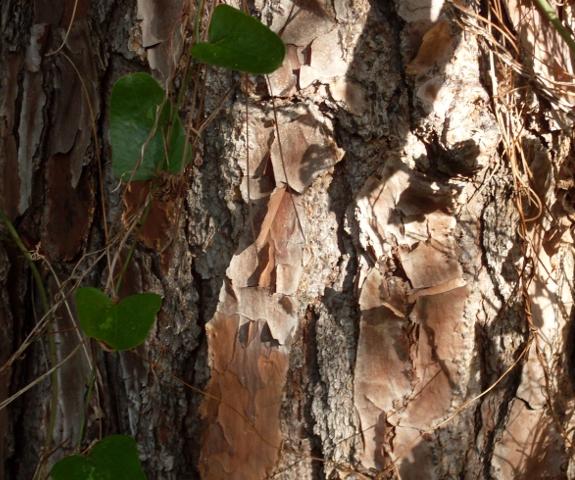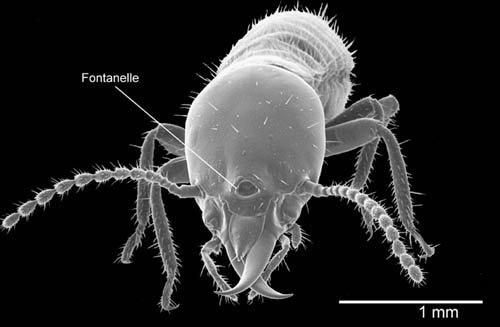Asian termites are killing South Florida Pine Trees & Oaks

South Florida slash pine

Formosan subterranean termite
Many South Florida slash pine trees that have been around for the past hundred years, have been providing shade, oxygen and habitat to animals as communities & developments have risen around them. Now they face a mortal threat from tiny wood eating insects called the Asian Termites.
These termites have been around for the past twenty years chewing there way through our neighborhoods & housing communities. Now they have changed there tasty appetites toward our native trees, particularly zeroing in on slash pines according to the University of Florida. In a study performed in Fort Lauderdale which looked at 400 slash pine trees, termites killed 12 percent of residential trees and 3 percent of trees in city parks within the past five years. Another 46 percent of the residential trees were infested with the likelihood to cause deadly damage publish in the journal Florida Entomologist. The park trees fared better with only 15 percent of living trees to be infested. Also at risk are slash pines located in Miami-Dade, Palm Beach and other areas of Broward county were these non-native termites have established colonies.
In addition these yellow-brown, half inch long termites have attacked a wide range of other trees that provide urban canopies particularly live oaks. Although they won’t kill these trees, it hollows them out, weakening them and making them vulnerable for failure during our upcoming storm seasons. Over time as these insects continue to do there damage and weaken the structure to our hardwoods we will continue to see the damage after each storm or hurricane.
Native to southeast Asia, the termite is thought to have arrived in South Florida on ships and oceangoing yachts, spreaded from marinas to neighborhoods. It was first detected in Miami in 1996 and then found in Fort Lauderdale in 2005. They establish underground colonies. They spread by means of swarms, thousands of termites fly off on spring nights to found new colonies, with male & female termites forming pairs and burrowing into trees & houses.
To check for termites in slash pines, look for them by peeling back the outer piece of bark. Don’t cut down the tree if you find subterranean termites. It wont help because most of the colony is under ground. Tenting your house won’t help because subterranean termites live underground. Tenting only works for drywood termites. Call a pest-control company to place bait above ground at base of infected areas to control them.
Biology
Termites are social insects like ants, bees and wasps. Social insects live in large groups, share a nest and share important biological roles among individuals within a colony. In termite colonies, important biological roles are divided among physically distinct termites called castes. Termite castes include eggs, larvae, workers, soldiers, nymphs and reproductives (Figure 2). The percentage of the colony in each caste is regulated by chemical signals, which vary between different species and groups of termites.
 Figure 2
Figure 2
Life history of subterranean termites (Reticulitermes spp.). After hatching, termites may pass through many, but not all, of the stages shown here. These stages are
- Eggs
- Larva
- Larva
- Worker
- Worker
- Soldier
- Nymph
- Swarmer
If bugs are bugging you in your landscaping, we at Garden Services are fully licensed & insured to handle all your irrigation, landscaping, lawn maintenance and tree service needs whether it’s a residential, commercial landscaping or homeowner association property. If you ever have any comments or questions, please don’t hesitate to call or email me and I’ll be happy to answer any questions that you might have. Special thanks again to UF/IFAS extension office for providing some information to this article. Happy Gardening!
